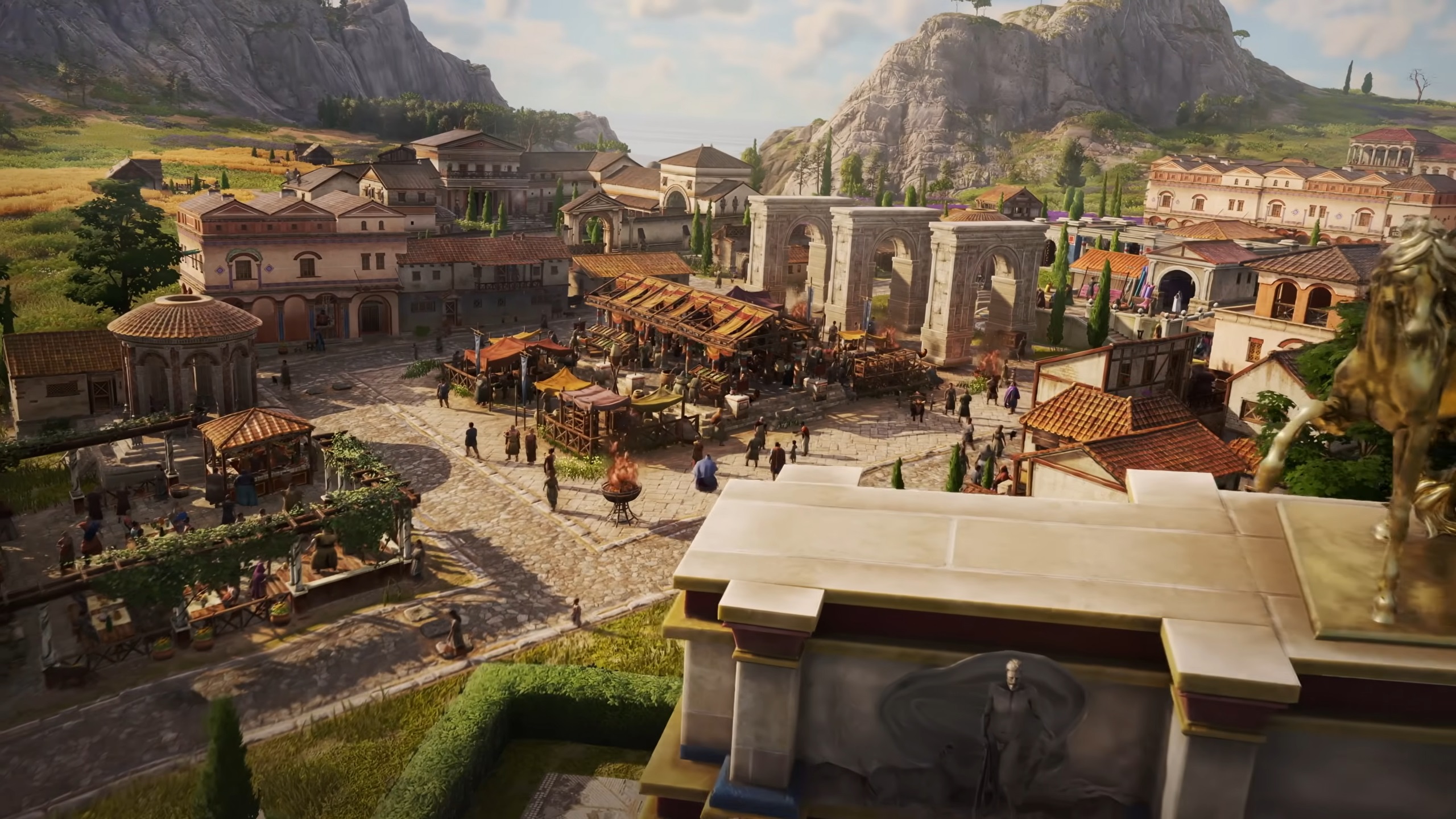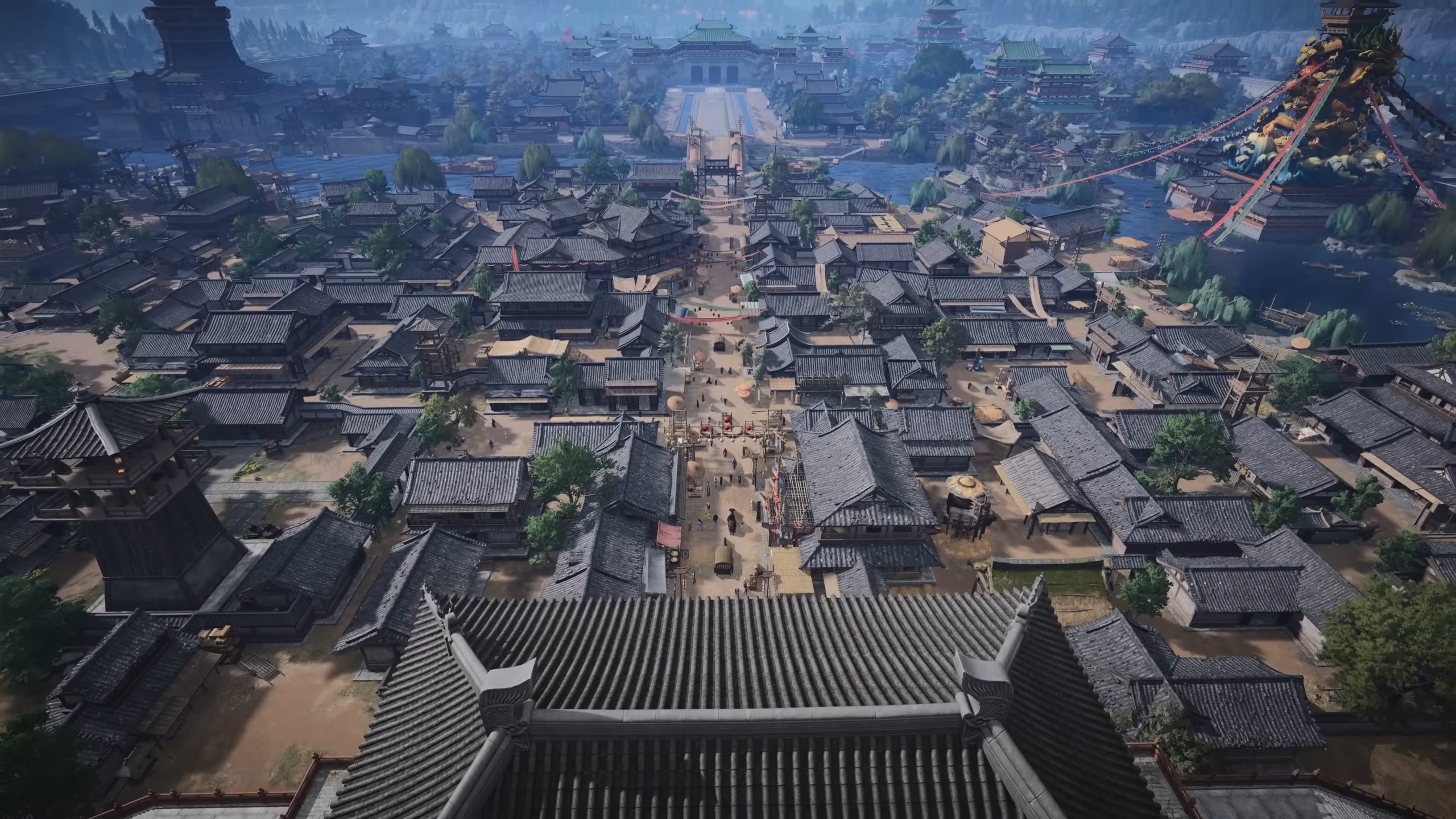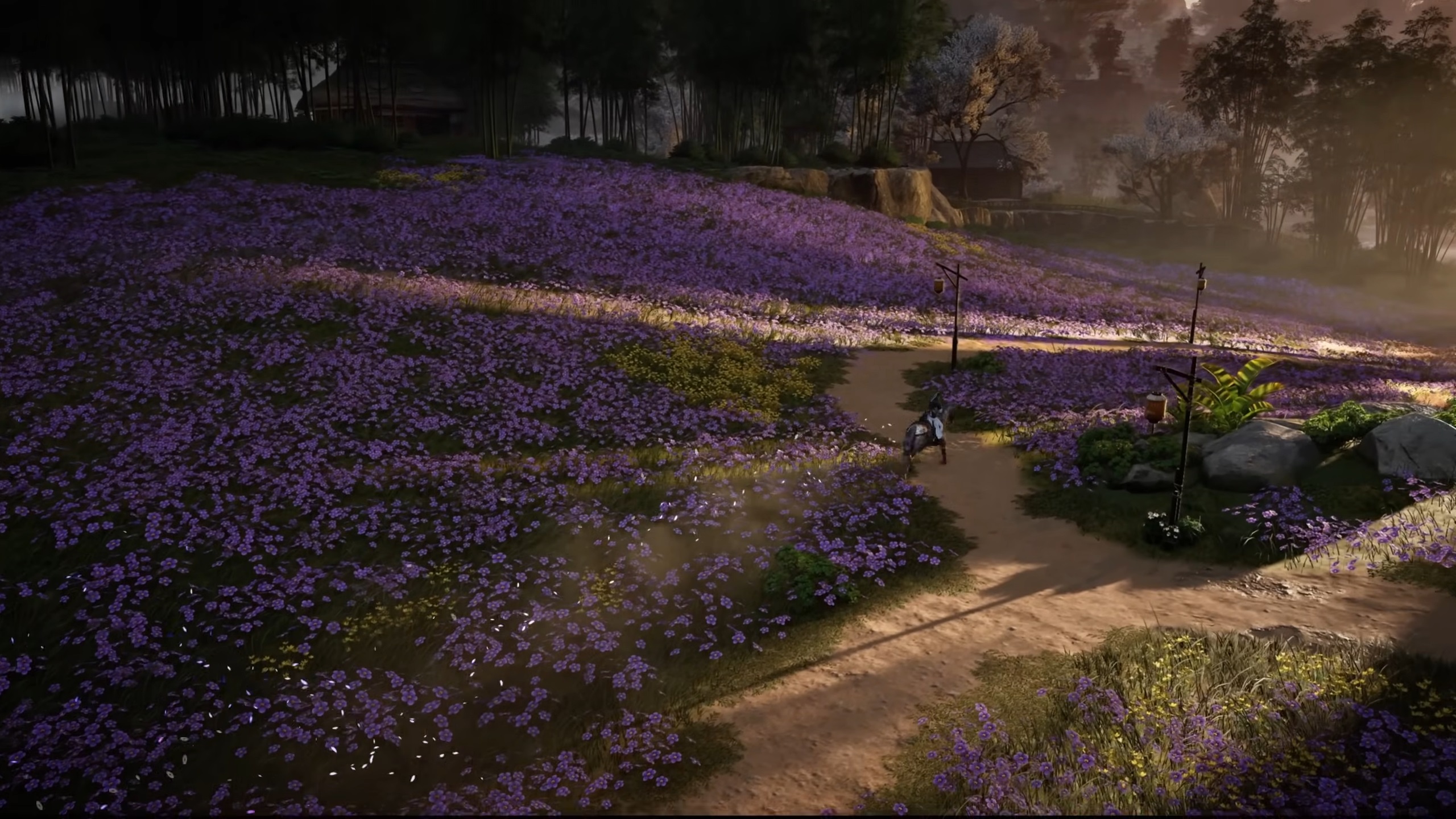Here are the best settings for Doom: The Dark Ages for RTX 4060, RTX 3060 Ti, RTX 3060, RX 7600 XT, and more.
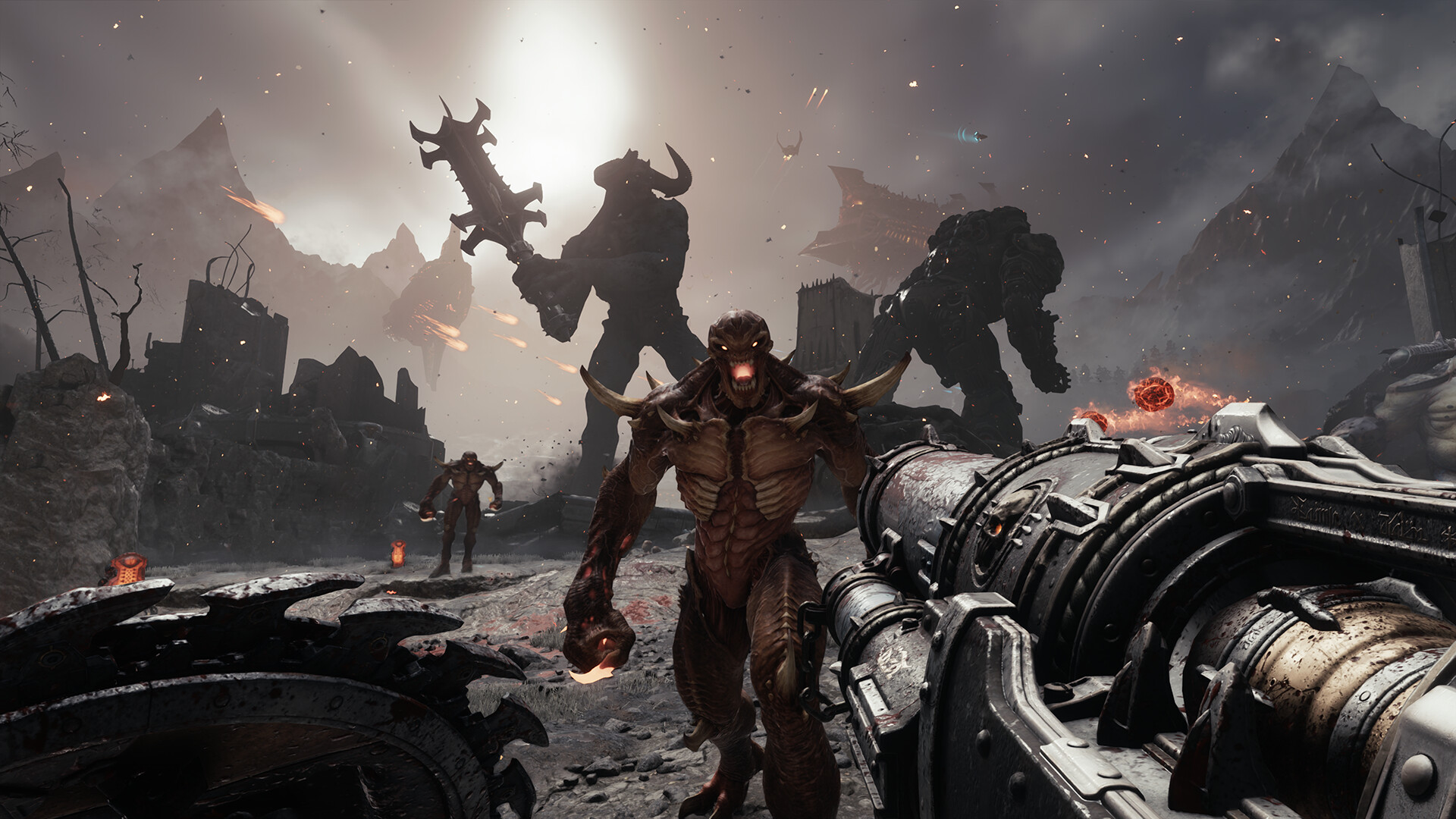
Doom: The Dark Ages features ID Software’s incredible optimization, enhanced by new-generation rendering techniques, such as Ray Tracing. RT is highly intensive, but the devs have also planned for a full-on path-tracing update shortly. Thanks to the optimized nature of the game, budget gamers can still experience this demon-slaying mayhem on their gaming PCs using the settings below.
Note: Since the game uses RT by default, it cannot be disabled. To avoid CPU bottlenecks, you’ll need to pair these GPUs with a CPU that is at least a Core i5 13400F or a Ryzen 5 5600. Upscaler and its profile are combined in the table for better readability.
Best Settings for RTX 4060, RTX 3060 Ti, RX 7600 XT (1080p Optimized & 1440p Possible)
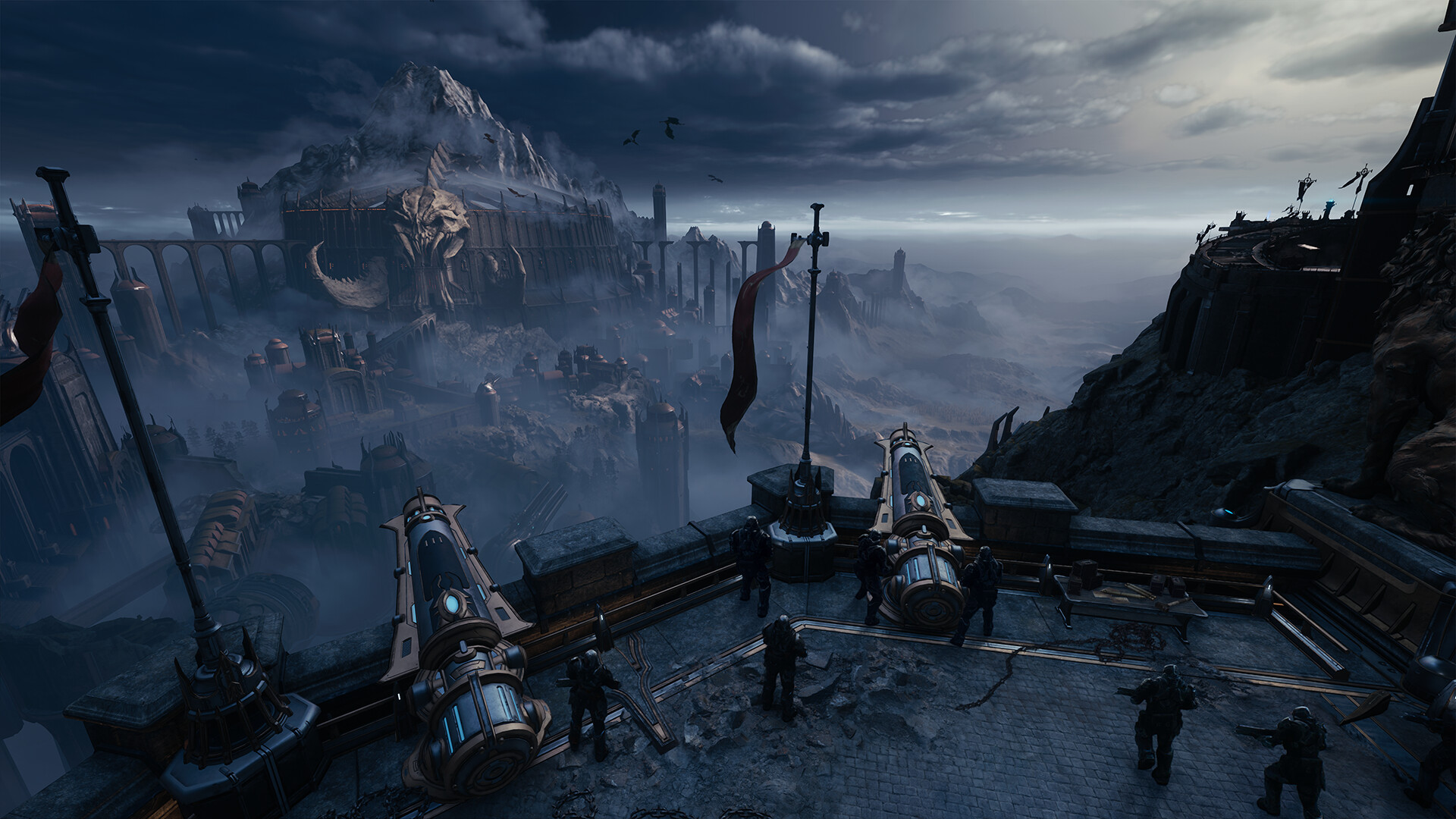
Few Keynotes to Consider:
- VRAM limitations are critical on 8GB cards. You’ll need to monitor your VRAM usage and tweak the texture pool size to suit your needs.
- Thanks to its 16 GB VRAM buffer, the 7600 XT users can comfortably choose 3072 units for a better, more detailed experience.
- RTX 3060 Ti and RTX 4060 owners should target 1080p for the best experience; 1440p is possible but will require significant compromises. The DLSS 4 transformer model within the game helps with an aggressive upscaling profile, but it has an added overhead.
Best Settings Explored
| Setting | 1080p (FHD) | 1440p (QHD) |
| Window Mode | Fullscreen | Fullscreen |
| Aspect Ratio | 16:9 (or native) | 16:9 (or native) |
| Resolution | 1920×1080 | 2560×1440 |
| Refresh Rate | Highest available | Highest available |
| Vertical Sync | Off (On if tearing) | Off (On if tearing) |
| Present From Compute | On | On |
| Resolution Scaling Mode | Off | Off |
| Resolution Scale | 100% | 100% |
| Field of View | 90–100 (personal) | 90–100 (personal) |
| Chromatic Aberration | Off | Off |
| Depth of Field | Off | Off |
| Sharpening | Default/personal | Default/personal |
| Film Grain | Off | Off |
| Motion Blur | Off | Off |
| Upscaler (NVIDIA) | DLSS Quality | DLSS Balanced/Performance |
| DLSS Frame Generation | On (2X) | On (2X) |
| Upscaler (AMD) | FSR Quality | FSR Balanced/Performance |
| FSR Frame Generation | On | On |
| NVIDIA Reflex Mode | On (Nvidia) | On (Nvidia) |
| Overall Quality Slider | High | Medium |
| Texture Pool Size | 1024–2048 (8GB VRAM) | 1024–2048 (8GB VRAM) |
| Shadow Quality | Medium | Low-Medium (Check FPS) |
| Reflections Quality | Medium | Low-Medium (Check FPS) |
| Lights Quality | Medium | Low-Medium (Check FPS) |
| Particles Quality | High | Medium |
| Decal Quality | High | Medium |
| Water Quality | High | Medium |
| Volumetrics Quality | Medium | Low |
| Texture Filtering Quality | High | Medium |
| Geometric Quality | High | Medium |
| Shading Quality | High | Medium |
| Directional Occlusion | Medium | Low |
Best Settings for RTX 3060, RX 7600, RX 6650 XT, RX 6600, RTX 4060 Laptop (1080p Optimized)
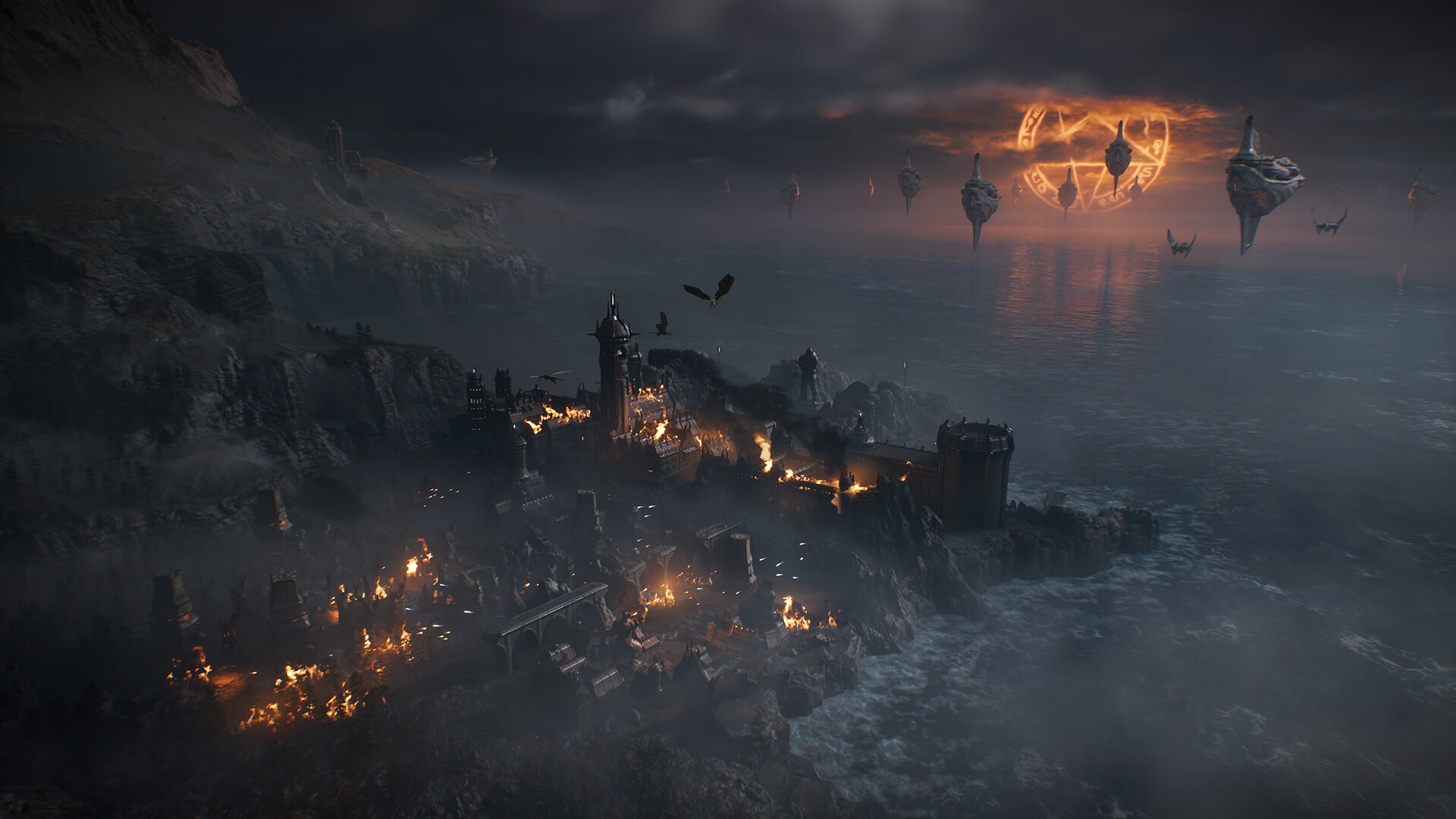
Few Keynotes to Consider:
- These GPUs fall below or at the minimum requirements for the game, making 1080p the only viable resolution to play with reasonable framerates.
- VRAM usage is highly critical, especially for RX 6650 XT and RTX 4060 Laptop users – the texture pool must be kept low
- RTX 3060’s 12GB VRAM offers some headroom, but a slower core still limits it.
- RX 7600, 6600, and 6650 XT users may struggle with ray tracing workloads, so reflection quality should be minimal.
- 60 FPS is achievable with aggressive upscaling and reduced settings like the ones mentioned below.
- Frame Generation is locked to the RTX 4000 Series only. FSR frame generation on Nvidia cards is situational if one really needs it. It’s running in coupled mode, meaning gamers cannot use the DLSS + FSR combination here.
Best Settings Explored
| Setting | 1080p (FHD) | 1080p Super low |
| Window Mode | Fullscreen | Fullscreen |
| Aspect Ratio | 16:9 (or native) | 16:9 (or native) |
| Resolution | 1920×1080 | 1920×1080 |
| Refresh Rate | Highest available | Highest available |
| Vertical Sync | Off (On if tearing) | Off (On if tearing) |
| Present From Compute | On | On |
| Resolution Scaling Mode | Off | Off |
| Resolution Scale | 100% | 100% |
| Field of View | 90–100 (personal) | 90–100 (personal) |
| Chromatic Aberration | Off | Off |
| Depth of Field | Off | Off |
| Sharpening | Default/personal | Default/personal |
| Film Grain | Off | Off |
| Motion Blur | Off | Off |
| Upscaler (NVIDIA) | DLSS Balanced | DLSS Performance |
| DLSS Frame Generation | On (2X) | On (2X) |
| Upscaler (AMD) | FSR Balanced | FSR Performance |
| FSR Frame Generation | On (Only 4000 Series) | On |
| NVIDIA Reflex Mode | On (Nvidia) | On (Nvidia) |
| Overall Quality Slider | Medium | Low |
| Texture Pool Size | 1024 (RTX 3060: 2048) | 1024 |
| Shadow Quality | Low | Low |
| Reflections Quality | Low | Low |
| Lights Quality | Medium | Low |
| Particles Quality | Medium | Low |
| Decal Quality | Medium | Low |
| Water Quality | Medium | Low |
| Volumetrics Quality | Low | Low |
| Texture Filtering Quality | Medium | Low |
| Geometric Quality | Medium | Low |
| Shading Quality | Medium | Low |
| Directional Occlusion | Off | Off |
With these settings, Budget Gaming PC users can enjoy the newest adrenaline-punching, demon-slaying mayhem, Doom: The Dark Ages, with somewhat acceptable framerates. Since this is an FPS title, it’s best to dial everything in at low, then begin, and change as you play.
Looking For More Related to Tech?
We provide the latest news and “How To’s” for Tech content. Meanwhile, you can check out the following articles related to PC GPUs, CPU and GPU comparisons, mobile phones, and more:
- 5 Best Air Coolers for CPUs in 2025
- ASUS TUF Gaming F16 Release Date, Specifications, Price, and More
- iPhone 16e vs iPhone SE (3rd Gen): Which One To Buy in 2025?
- Powerbeats Pro 2 vs AirPods Pro 2: Which One To Get in 2025
- RTX 5070 Ti vs. RTX 4070 Super: Specs, Price and More Compared
- Windows 11: How To Disable Lock Screen Widgets
 Reddit
Reddit
 Email
Email
